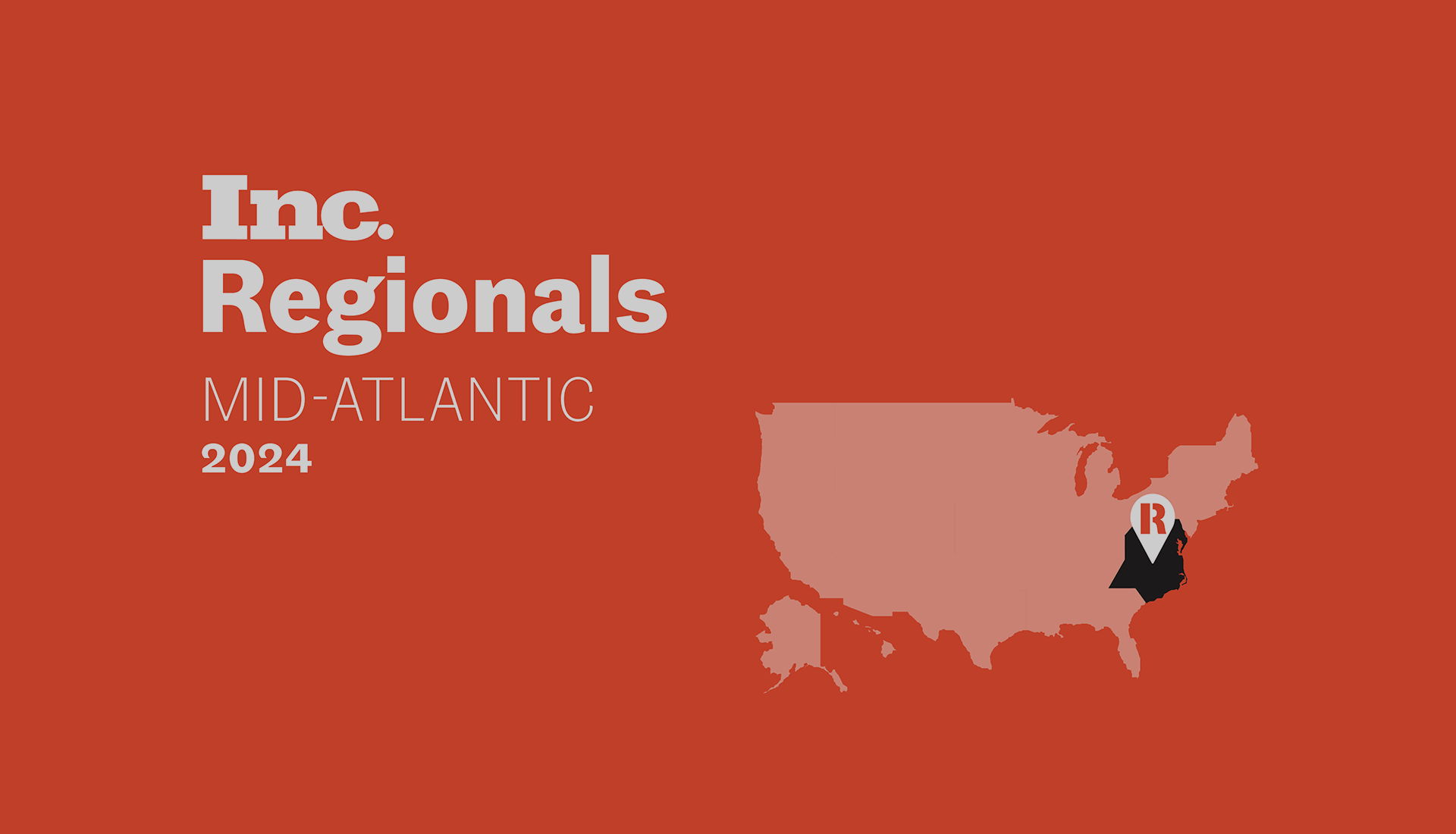By: Meredith Reyers, Partner & EVP at Blu Omega

For more than 15 years, I have worked with industry leaders within IT and Healthcare across commercial and federal practices to enhance and accelerate people operations. In that time, digital healthcare has transformed the industry. But with that transformation comes challenges. The vast amount of information and disparate data sources can lead to duplicate records, inaccuracies, and inefficient operations. As a result, clean data remains pivotal for effective healthcare delivery and patient outcomes.
What is Clean Data?
Clean data refers to data that is accurate, consistent, and free from errors or inconsistencies. It serves as the foundation for informed decision-making in healthcare. From clinical settings to research laboratories, accurate and reliable data is essential for medical professionals and researchers to make critical decisions regarding patient care, treatment plans, and the development of new therapies. When data is clean and analysis-ready, healthcare professionals can trust the information, leading to more confident and precise decision-making.
Why is Clean Data so Important?
In the context of healthcare, clean data is crucial for various reasons, including:
- Patient Care and Safety: Accurate and complete data ensures healthcare professionals have the correct patient information. This impacts diagnosis, treatment, and overall patient care. For instance, if a patient’s allergies or medications are inaccurately recorded, it could lead to severe consequences.
- Cost Savings: Dirty data costs businesses an average of 15% to 25% of revenue. For healthcare providers, this translates to significant financial losses. Clean data streamlines patient matching, billing, and appointment scheduling.
- Interoperability and More Efficient Operations: When data is accurate and accessible, healthcare facilities can operate more efficiently, reducing administrative burdens. Recent data shows approximately 5-10% of records in a hospital’s Electronic Health Record (EHR) contain duplicate inputs. This figure increases to 20% for healthcare organizations with multiple locations.
- Better Research and Analysis: Clean data is vital for research and analysis. Researchers and healthcare analysts depend on accurate data to identify trends, study outcomes, and make evidence-based recommendations. Governments use healthcare data to improve public health services. For instance, tracking disease outbreaks, monitoring vaccination rates, and planning healthcare infrastructure all depend on clean data.
- Trust and Reputation: Poor data quality erodes trust in medical authorities. Patients, providers, and policymakers must trust the data to make informed decisions. Inaccurate or duplicated records can harm a hospital’s reputation.
- Regulatory Compliance: Many healthcare organizations are subject to strict regulatory standards and compliance requirements. Clean data is necessary to meet these standards and ensure the organization operates within the legal framework.
How Healthcare Organizations Ensure Clean Data
To achieve clean data in healthcare, organizations often implement data quality management processes, which include data validation, cleansing, and ongoing monitoring. This involves regular audits, validation checks, and data governance policies to ensure that data remains accurate and reliable.
- Data Governance: Organizations establish comprehensive frameworks for data governance, defining clear policies and standards. Within this structure, data stewards are assigned to oversee the implementation of these policies and ensure adherence across the organization.
- Data Quality Assessment: Regular and systematic assessments of healthcare data are conducted. This includes detailed data profiling, validation, and cleansing processes. Automated tools are often employed to identify and rectify errors, inconsistencies, and missing data, contributing to the overall accuracy of the information.
- Data Standardization: Organizations focus on standardizing data formats, units, and values to facilitate accurate comparisons and analyses. Standardizing coding systems, such as ICD-10, CPT, and SNOMED CT, is a key practice to ensure consistency and interoperability in healthcare data.
- Data Integration: Healthcare organizations integrate data from various sources to create a comprehensive and unified view. These integration processes include robust validation steps to identify and resolve any inconsistencies, ensuring the reliability of the integrated data.
- Master Data Management (MDM): Critical entities, such as patients, healthcare providers, and facilities, are managed through master data repositories. The goal is to ensure that master data is consistently maintained and updated across the organization,
- Data Quality Monitoring: Continuous monitoring processes are implemented to identify and address real-time data quality issues. Alerts are set up to notify stakeholders of anomalies, errors, or missing information, allowing for prompt corrective actions.
- Training and Education: Recognizing the human element, organizations must invest in staff training programs. These programs emphasize the importance of data quality and educate healthcare professionals on proper data entry practices. Understanding the impact of accurate data on patient care and outcomes is a key aspect of these educational initiatives.
Additionally, healthcare organizations may leverage technology solutions to automate data cleaning processes and enhance data quality. Some of the key technologies and approaches used in the healthcare industry include:
Technology Solutions Used to Automate Data Cleaning & Enhance Data Quality
- Data Integration Platforms: Help consolidate data from various sources, ensuring a unified and standardized format.
- Master Data Management (MDM) Solutions: Manage and maintain a single, accurate, and consistent version of master data across the organization.
- Data Quality Management Tools: These tools focus on profiling, cleansing, and monitoring data quality to identify and rectify errors and inconsistencies.
- Natural Language Processing (NLP) Tools: NLP is used to extract meaningful information from unstructured data sources, such as clinical notes, reports, and research papers.
- AI and Machine Learning (ML) Algorithms: These can be employed to identify patterns, anomalies, and trends within large datasets.
Your Federal Healthcare & IT Consulting Experts
At Blu Omega, we understand that navigating the ever-evolving landscape of Federal Healthcare solutions can be difficult. We have experience helping firms improve efficiency with programs and resources designed to streamline clinical operations. We help ensure that healthcare and clinical operations have insights early with connected devices and clean, analysis–ready data by providing consulting services and talent in support of Federal Healthcare programs. To learn more, visit us online here: https://bluomega.com/services/




Comments are closed